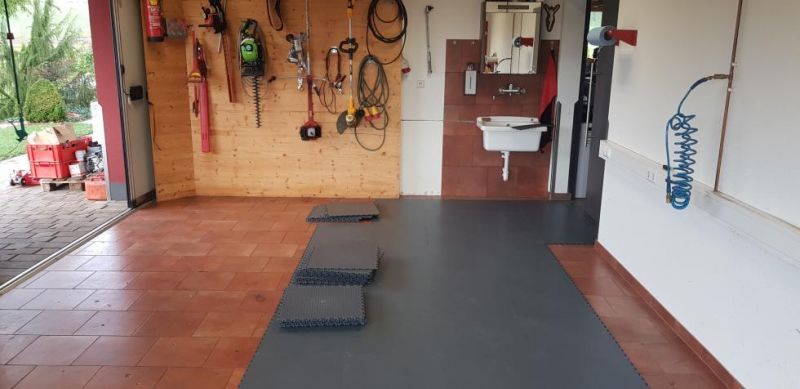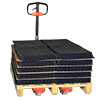Click tiles and ceramic tiles have some differences that you
should take into account when choosing the right floor covering
Installation: Click tiles are easy to install as they do not
require special adhesives or tools. They can be laid directly on existing floor
coverings. On the other hand, ceramic tile installation requires special tools
and adhesives, and may also require removal of the existing flooring.
Material: Click tiles are usually made of PVC or vinyl,
while ceramic tiles are made of clay or porcelain. Although both materials are
durable, ceramic may be slightly more resistant to scratches and wear due to
its hardness.
Warmth: Click tiles have an insulating effect and can keep
the room warm. Ceramic tiles can be colder, especially if they are laid on
concrete or screed. In this case, underfloor heating can be installed to
compensate for the cold.
Appearance: Click tiles are available in a variety of
designs, patterns and textures and can mimic the look of wood or stone. Ceramic
tiles are available in a variety of colors and finishes and have a natural
look.
Some other differences between click tiles and ceramic tiles
include:
Durability: both types of tiles are durable and can last for
many years. However, click tiles can be more susceptible to scratches and may
wear down over time, while ceramic tiles are more resistant to wear and tear
due to their hardness
Soundproofing: click tiles can absorb and reduce sound in
the room, while ceramic tiles tend to reflect sound, which can result in a
noisy room.
Repair: if a click tile is damaged, it can be easily removed
and replaced with a new one. However, if a ceramic tile is damaged, it may be
more difficult to remove and replace, especially if it is installed on concrete
or screed.
Environmental Sustainability: Click tiles can be made from
recycled PVC or vinyl, which makes them more environmentally friendly. However,
ceramic tiles are also environmentally friendly because they are made from
natural materials.
Design options: Click tiles are available in a wide range of
designs, patterns and colors, including replicas of natural stone, wood and
ceramic or porcelain tiles. Ceramic tiles are also available in a variety of
colors and patterns, but their designs are often more limited.
Thermal Insulation: Click tiles can provide better thermal
insulation than ceramic tiles because the vinyl or PVC material creates a
natural thermal barrier. In cold environments such as basements or garages,
this can be an important factor.
Maintenance: Click tiles are easy to clean and usually only
require regular vacuuming and damp mopping. Ceramic tiles may require a little
more care as they are more prone to stains and dirt. It can also be more
difficult to remove dirt and stains from the grout lines between tiles.
Cost: Click tiles are generally less expensive than ceramic
tiles, especially if you can install them yourself. Ceramic tiles tend to be
more expensive due to the higher cost of materials and installation.
Overall, the choice between click tiles and ceramic tiles
depends on your individual needs and preferences. If you want an inexpensive
and easy-to-install option, click tiles can be a good choice. However, if you
prefer a natural look and are willing to pay more for materials and
installation, ceramic tiles may be a better choice.












